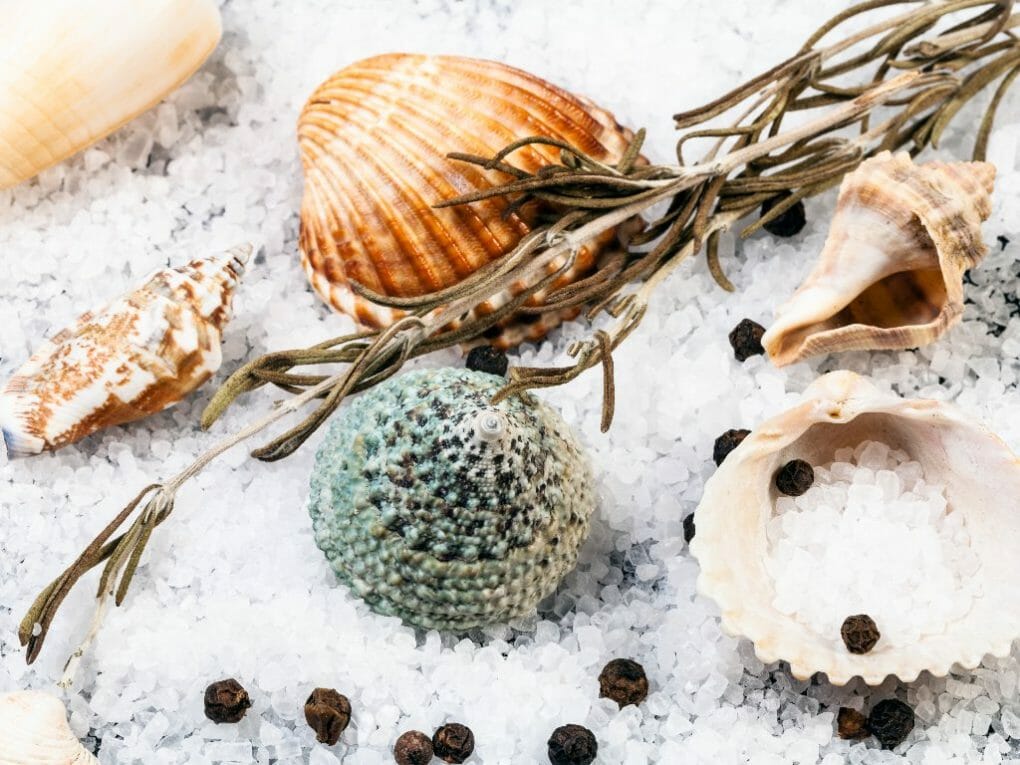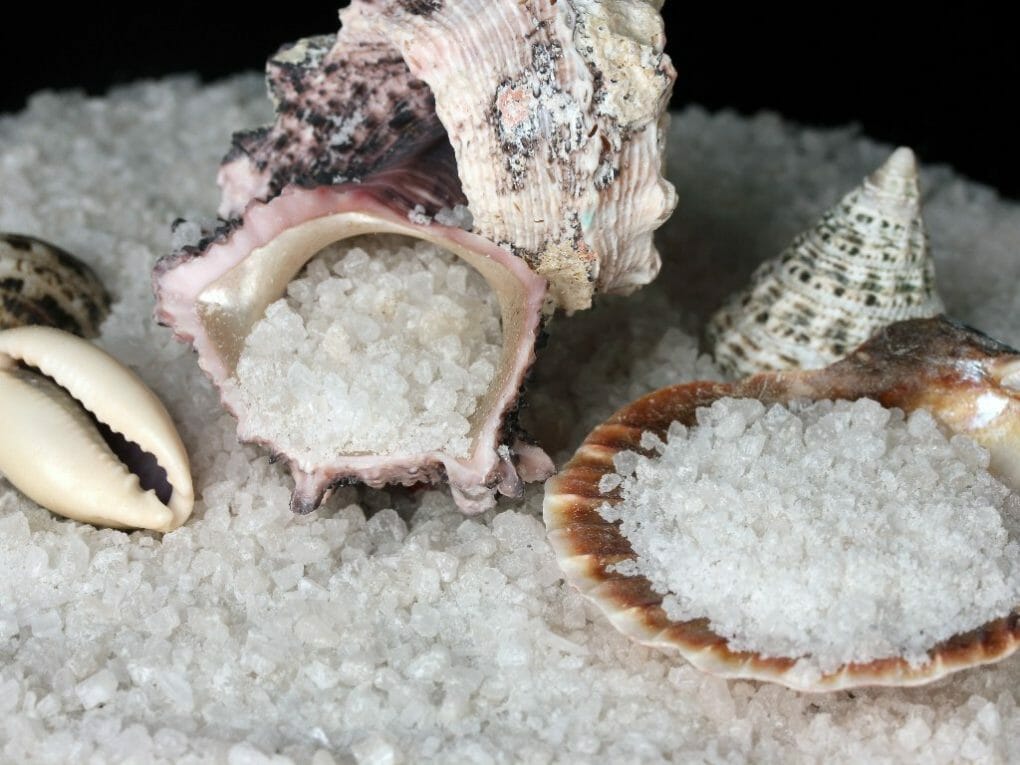What Is Aquarium Salt: Everything You Need to Know About Aquarium Salt

Aquarium salt is a mineral salt used to alter aquarium water’s salinity. Salt is essential for the health of marine fish, as it helps to regulate water salinity, keeps the aquarium water clean, and removes toxins from the tank. It also helps in disease prevention and enhances biological filter activity.
It is often used instead of table salt, as it can harm marine fish. Therefore, make sure to use aquarium salt in the correct dosage and gradually add it to your aquarium water to avoid over-salinity.
Table of Contents
Aquarium Salt Benefits
Aquarium salt is an essential ingredient for keeping aquariums healthy. It helps maintain the tank’s pH, which is essential for fish health. It also acts as a natural filter, removing impurities and excess salt from the water column.
In addition, adding it to fresh and saltwater tanks is standard practice. Aquarium salt is also used to improve fish’s appearance and regulate the water temperature.
Medication for Fin Rot
Aquarium salt is a mineral additive that helps to prevent fin rot in fish tanks. It is also beneficial for the overall health of your fish tank, helping to regulate water parameters and adding essential minerals.
However, use it sparingly – too much aquarium salt can damage your fish’s delicate ecosystem and cause pH swings which can be dangerous for them. Keep a close eye on your water parameters to ensure they are balanced; aquarium salt can help with this.
Treatment for Ich
Aquarium salt is a great way to treat and prevent ich (a problem with fish water). Dissolving quickly in water, aquarium salt can be administered directly to your fish tank. It’s also safe for plants and does not harm them. However, aquarium salt will evaporate over time, so it needs to be replenished regularly.
How to Use Salt in Aquariums With Correct Dosage
Aquarium salt is a common item used in both freshwater and saltwater aquariums. Follow the instructions on the package to measure the amount of salt needed for your aquarium size and type of fish.
Using the correct dosage when adding it to your tank is essential, or you could damage your fish. Salt is water soluble, so it will dissolve in water and be absorbed by plants and fish.

Amount of Aquarium Salt per Gallon of Water
The amount of aquarium salt per gallon of water will vary depending on the type of fish you have and their specific needs. For example, always read the label before filling your tank with water or adding supplements!
Aquarium salt is a necessary mineral for aquatic pets and can be found in liquid and granular formulations. It’s essential to monitor your fish’s health regularly to ensure they get what they need from their aquarium salt mixture.
Amount of Aquarium Salt for Brackish Water
Brackish water refers to any water that has some levels of salts but some levels of freshwater, like ocean water mixed with freshwater runoff or groundwater. Aquarium salt is a mineral supplement that helps to keep your fish and aquatic plants healthy.
For salty water, you need two tablespoons of salt per gallon. Unfortunately, too much aquarium salt can cause harm to your fish and other aquatic creatures, so be sure to use it sparingly.
When Do You Need Salt in Your Aquarium?
It is important to add salt whenever you change your aquarium’s water (usually every two weeks) to help replace lost minerals. This way, you can ensure that the water is healthy enough for your fish. Keep in mind that too much salt can damage fish, so be sure to use the right amount and remove it if it becomes necessary.
When to Avoid Salt
When it comes to salt, it is crucial to be cautious. Unfortunately, too much of this essential mineral can adversely affect fish, make water cloudy and lousy smelling, and even cause problems with the chlorine levels in your home aquarium.
It’s best to add salt gradually so as not to shock your fish – adding too much salt at once can stress them out and lead to digestive issues. Also, remember that water should look crystal clear before adding salt since chloride (a by-product of chlorination) will cloud it!
Finally, if you notice any unusual smells or cloudiness in your aquarium water – this means there are high levels of chloride present, and you should avoid using salt altogether!
Salinity Level of Aquatic Environments
You should always check salinity levels of aquatic environments with the help of a sodium chloride meter or table before buying salt because incorrect use might result in toxicity or malformation of fish.
Aquarium Salt vs. Other Salts
Table Salt
There needs to be more clarity surrounding the difference between aquariums and table salt. Table salt is just sodium chloride and has no beneficial properties for your aquarium. On the other hand, aquarium salt is made up of potassium, magnesium, and other trace elements that help with the health of your tank and fish.
If you are using table salt in your aquarium, slowly transition your fish to a new water conditioner/substitute mix made especially for freshwater tanks.
Sea Salt
Sea salt can only be used in marine aquariums and comes from the sea floor. So if you have a freshwater tank that you want to set up as an aquarium, make sure to get aquarium salt instead of using sea salt.